Sea Turtles in Costa Rica
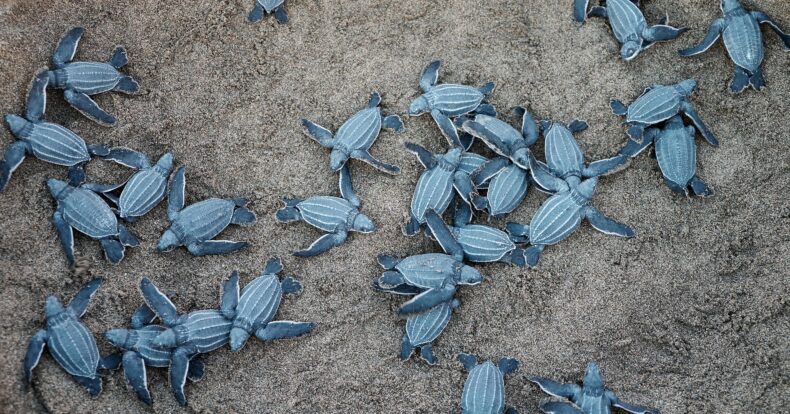
Sea turtles are undoubtedly one of the most amazing creatures inhabiting our planet. These reptiles, which have roamed the seas for millions of years, undertake epic migratory journeys and play a vital role in the balance of marine ecosystems.
Of the seven species identified worldwide, five come to the shores of Costa Rica to lay their eggs and continue their life cycle: leatherback, olive ridley, loggerhead, hawksbill, green, and Pacific green turtles.
A life cycle as fascinating as it is challenging
The nesting and hatching process of sea turtles is as impressive as it is dramatic. For example, when a Kemp’s ridley sea turtle arrives on the beaches of the Central Pacific to lay between 70 and 100 eggs, only a tiny fraction of the hatchlings will reach adulthood.
After breaking out of their shells, the little turtles race toward the ocean, facing multiple threats: crabs, birds, and even human activities. Those that manage to reach the sea face new predators as they venture into the open ocean. The survivors spend years feeding in areas such as the Galapagos Islands or the Chocó coast in Colombia, where they remain until they reach maturity, around the age of 20. Then, driven by an instinct that still baffles science, they return to the same beach where they were born to nest and perpetuate the life cycle.
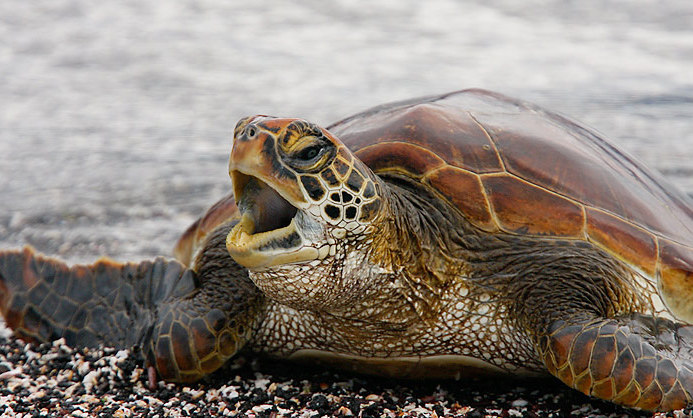
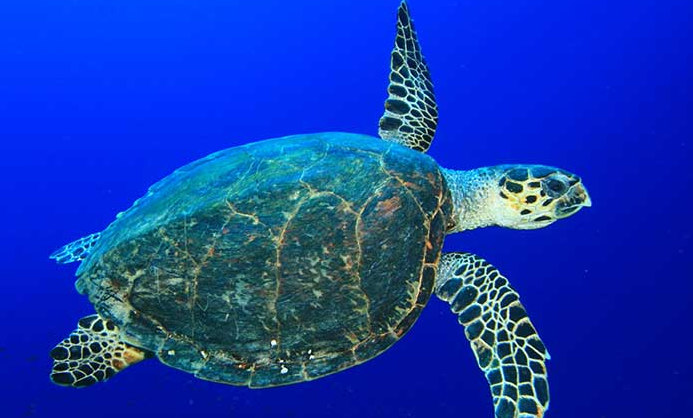

Conservation and ecotourism: a vital alliance
Witnessing sea turtles nesting or hatching is an unforgettable experience that connects you with nature. For this reason, many beaches in Costa Rica offer guided night tours, where biologists and local guides accompany tourists without disturbing the natural process.
These activities not only promote environmental education but also generate income for non-governmental organizations, local communities, and eco-friendly hotels that allocate resources to the protection of these endangered species.
The best places to observe sea turtles
Costa Rica has beaches that are ideal for turtle watching and conservation:
- North and Central Pacific: Ostional Beach, famous for its massive arrivals of Olive Ridley sea turtles; Nancite Beach and Grande Beach, home to the Leatherback sea turtle.
- Northern and Southern Caribbean: beaches near Tortuguero and Gandoca-Manzanillo, ideal for observing green turtles and loggerhead turtles.
Each region offers specific seasons for each species, allowing for responsible and sustainable visits to be planned.
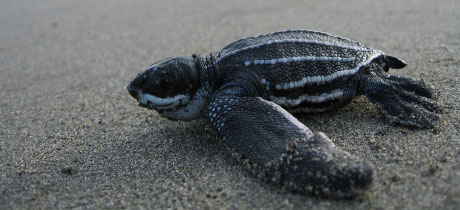
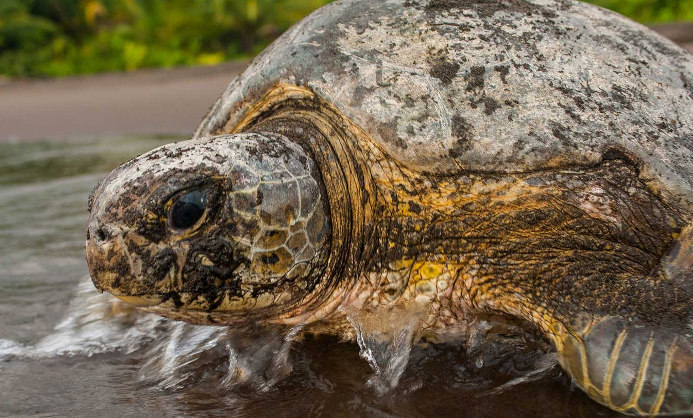
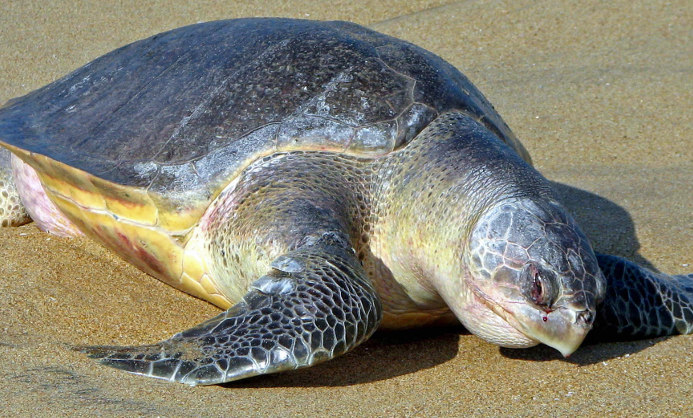
Species that visit Costa Rica
- Green Turtle: One of the most abundant in the Caribbean, it arrives mainly from July to October.
- Leatherback turtle: The largest species in the world; it is found in the Caribbean between March and July and, in smaller numbers, in the North Pacific.
- Olive Ridley Turtle: The most common species; it nests on the Pacific coast during the rainy season, between June and November.
- Hawksbill turtle: Small and critically endangered; occasionally sighted in Golfo Dulce, especially during diving and snorkeling activities.
- Loggerhead turtle: Known for its large head; reported on the northern Caribbean coast, although it is rare.
- Pacific Green Turtle: A subspecies of the Green Turtle, rare and difficult to observe, with sporadic sightings in the Pacific and the Galapagos.
A shared commitment
Sea turtles are a reminder of the importance of conserving our seas. Participating in responsible tours, supporting research projects, and reducing plastic consumption are actions that every visitor can take to ensure that these species continue to roam the oceans for millions of years to come.
Sensorial Sunsets
Navigate articles





